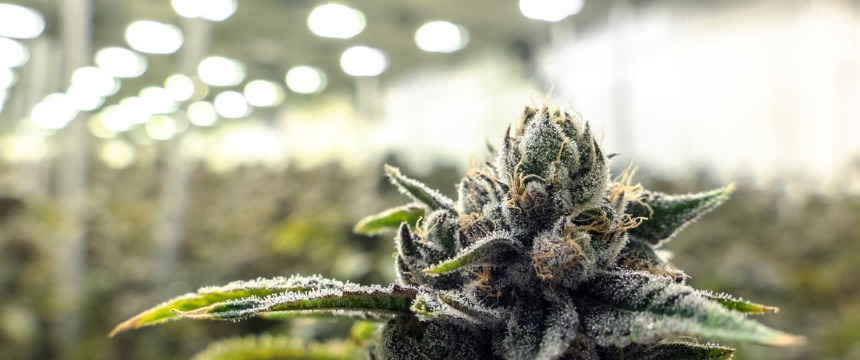
This article was originally published by the Sports Business Journal on March 1, 2021.
In January, the UFC announced a major modification to its anti-doping policy: A positive test for the psychoactive ingredient in marijuana, carboxy-THC, now no longer constitutes a violation unless there is evidence that an athlete used it intentionally for performance-enhancing purposes.
Similarly, prior to the 2020-2021 season, NBA declared that its random testing policy for marijuana would remain suspended, as it was for the conclusion of the previous season in the “bubble” at the Walt Disney World Resort in Florida.
The UFC and NBA’s decisions align with larger, growing trend — both generally in the United States and specifically within American professional sports — illustrating the relaxation of the rules and regulations surrounding marijuana. This article highlights notable developments in this area and posits what professional sports might look like in a post-legalization world.
Ongoing Legalization of Cannabis
Of course, the progressing legalization of marijuana across the country is likely the main driver of the shifting standards in the sports world. To date, 15 states have legalized recreational marijuana, 36 have permitted medical marijuana, and additional states have considered legalization plans that could commence this year. Furthermore, in December 2020, the House of Representatives passed legislation, for the first time ever, that would legalize marijuana at the federal level and expunge some marijuana-related criminal records (the “MORE Act”). It is unclear whether the MORE Act will make it through the Senate, but marijuana legalization efforts could perhaps have more solid footing with a Biden administration in place and a Senate controlled by the Democrats.
Legal Treatment of Marijuana in Professional Sports
Other professional sports leagues (in addition to UFC and the NBA) have adapted their policies on marijuana as the wider legalization efforts have progressed. For example, under the NFL’s current collective bargaining agreement, which was ratified in March 2020: (a) the threshold amount of THC required to trigger a positive test was raised by a factor of four; (b) players can no longer be suspended for positive tests; and (c) testing can only be conducted during the first two weeks of training camp (instead of from April to August). MLB, for its part, no longer classifies marijuana as a “drug of abuse” and instead treats marijuana the same as alcohol. In short, American professional sports leagues have responded to the changing laws and attitudes towards marijuana, and they have demonstrated a willingness to adopt more lenient enforcement schemes.
Next Steps: Monetization
Should legalization efforts become more widespread over the next few years, professional sports leagues may look to monetize marijuana through potential partnerships with industry players, especially if professional athletes choose to become brand ambassadors, like NFL tight end Rob Gronkowski, or if they continue to advocate for marijuana legalization from a social justice perspective. Smaller leagues already have taken steps toward cannabis-related partnerships, as evidenced by the partnerships between cbdMD, a cannabidiol (CBD) company listed on the New York Stock Exchange, and the BIG3 three-on-three basketball league, Bellator Mixed Martial Arts, Supercross, and World Surf League. It stands to reason that the larger, more popular leagues will too, especially to the extent that the partnerships can help offset financial losses brought on by COVID-19.
In the meantime, as potentially dramatic changes to marijuana policies may still unfold, the “minor” changes, like the policy revisions by the UFC and NBA, are still noteworthy. They may foreshadow a coming together of the sports and cannabis industries, manifested in the form of cross-sectional partnerships and endorsement deals — a far cry from the days of CBA drug policy prohibitions on marijuana use.